Organ transplantation. We have now reached the stage that numerous organs can be transplanted after the death of the donor. For example: heart, lungs, liver, kidney, pancreas, uterus. Moreover, some organs, e.g., one kidney, a portion of the liver, the uterus, can be transplanted while the donor is still alive [Cleveland Clinic staff 2023].
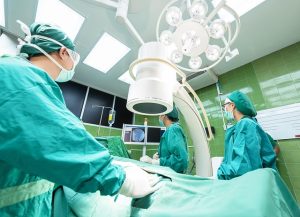
Supplementation with Coenzyme Q10 in the pre-operation and post-operation phases of heart transplant operations can have beneficial effects: improved heart function and antioxidant protection.
Organ donation and transplantation are important. They give a second chance in life to individuals who have suffered damage to an organ through disease or injury. However, the demand for donated organs far exceeds the supply. The Cleveland Clinic estimates that, on any given day, there are over 100,000 individuals waiting for a donated organ in the United States. But, every year, there are about 40,000 organ transplantations carried out [Cleveland Clinic 2023]. So, the need for volunteer donors is apparent.
Ischemic Reperfusion Injury in Organ Transplantation
Ischemic reperfusion injury is unavoidable in surgeries involving organ transplantation. In the organ removed from the donor, there is a lack of fresh oxygen supply. In this period of no supply of oxygen, the donor organ suffers from the depletion of ATP energy, from a build-up of acidity, and from cell damage.
In the following reperfusion period, when the donated organ has been successfully transplanted, there is a renewed supply of oxygen. That is as it should be. However, the sudden new supply of oxygen to the donated organ leads to a surge of potentially harmful free radicals of the reactive oxygen species. Thus, the influx of oxygen and nutrients can cause oxidative damage to the donated organ’s cells and can cause pro-inflammatory responses.
Coenzyme Q10 and Ischemic Reperfusion Injury
In a forthcoming review, David Mantle shows that there is good evidence that ischemic reperfusion injury results in mitochondrial dysfunction in addition to the above-mentioned oxidative stress and inflammation. This damage to the mitochondria, of course, increases the risk of transplanted organ failure. Consequently, there is a potential role for CoQ10 supplementation in mediating ischemic reperfusion injury. Coenzyme Q10 should be a part of the strategy to increase the viability of transplanted organs [Mantle et al 2025]:
- based on CoQ10’s role in normal mitochondrial function
- based on CoQ10’s role as an antioxidant protecting against cellular damage
- based on CoQ10’s role as an anti-inflammatory agent
In his review, Mantle points out that depleted levels of Coenzyme Q10 in the plasma or heart biopsy tissue of heart transplant patients are associated with an increased risk of rejection of the donated heart. Unfortunately, there have been no randomized controlled trials of the efficacy of CoQ10 supplementation of heart transplant patients. Mantle suggests that this is an area for future investigation [Mantle et al 2025].
Mitochondrial Transplantation Therapy
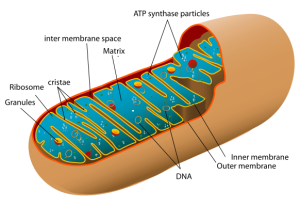
The core function of the mitochondria in the cells is the generation of ATP energy. Dysfunctional mitochondria can produce excesses of harmful free radicals.
Mantle mentions mitochondrial transplantation as a new and promising therapeutic approach. Given that organ transplantation is inevitably associated with mitochondrial damage and dysfunction, transplanting healthy mitochondria into the transplanted organ may help to restore mitochondrial function, improve cellular energy metabolism, and prevent cell death [Kim 2023].
Obviously, there are challenges to be worked out. Mantle, in his review of the published medical research, found only one mitochondrial transplantation trial in humans [Guariento 2020]. For the transplantation of healthy mitochondria to work, the transplanted mitochondria need to come from non-ischemic tissue in the transplant patient’s own body. Where the transplanted mitochondria come from is important because mitochondria in heart muscle tissue differ from mitochondria in skeletal muscle tissue and in liver tissue [Mantle et al 2025].
Further research is needed in the question of how to optimize delivery methods of transplanted mitochondria, e.g., the use of nanoparticles or CRISPR gene editing, and how to ensure long-term efficacy and safety. The mechanisms that would explain the integration and function of transplanted mitochondria are not yet fully understood [Kim 2023].
Conclusion: Coenzyme Q10 and Organ Transplantation
Ischemic reperfusion injury is inevitable in surgeries involving organ transplantation.
Ischemic reperfusion injury increases the risk of transplanted organ failure by causing mitochondrial dysfunction, oxidative stress, and inflammation in the donated organ [Mantle 2025].
CoQ10 supplementation can improve the viability of organs for transplantation by reducing the extent of ischemic reperfusion injury in the organs to be transplanted [Mantle 2025].
Note: The process of absorption of Coenzyme Q10 is complex. The bioavailability of CoQ10 supplements varies widely. It is important to buy a CoQ10 supplement that has scientifically documented absorption and efficacy [Mantle & Dybring 2020].
Sources
Cleveland Clinic. Organ Donation and Transplantation. 2023. Retrieved from https://my.clevelandclinic.org/health/treatments/11750-organ-donation-and-transplantation
Guariento A, Piekarski BL, Doulamis IP, Blitzer D, Ferraro AM, Harrild DM, et al. Autologous mitochondrial transplantation for cardiogenic shock in pediatric patients following ischemia-reperfusion injury. J Thorac Cardiovasc Surg. 2020;S0022-5223(20):33142-1.
Kim JS, Lee S, Kim WK, Han BS. Mitochondrial transplantation: an overview of a promising therapeutic approach. BMB Rep. 2023 Sep;56(9):488-495.
Mantle D. Coenzyme Q10 and organ transplantation: an overview. 2025. Forthcoming article.
Mantle D, Dybring A. Bioavailability of Coenzyme Q10: An overview of the absorption process and subsequent metabolism. Antioxidants (Basel). 2020 May 5;9(5):386.
The information presented in this review article is not intended as medical advice. It should not be used as such.



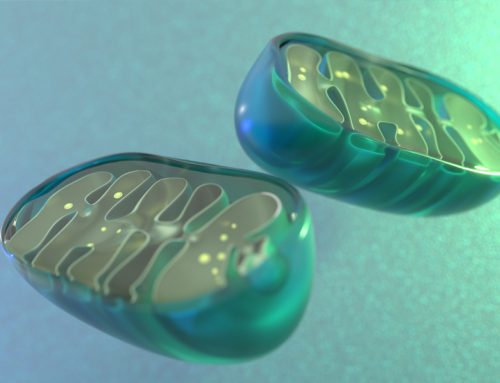

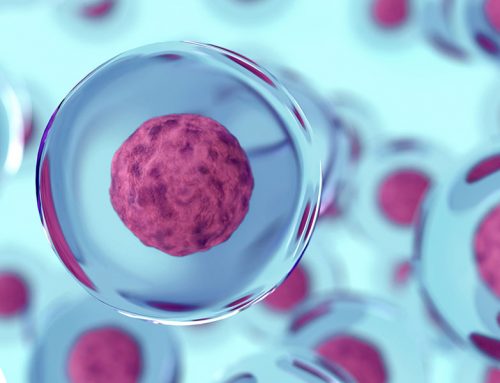
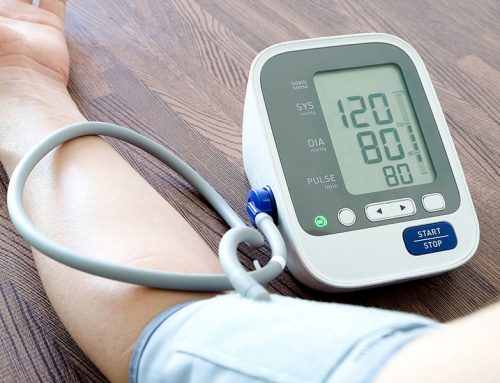


Leave A Comment